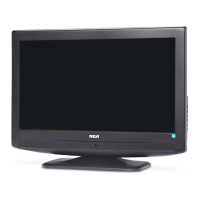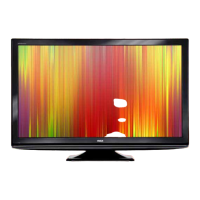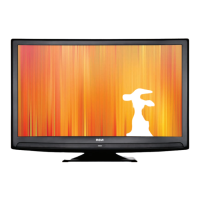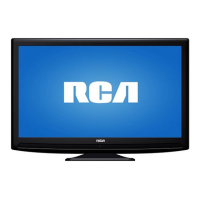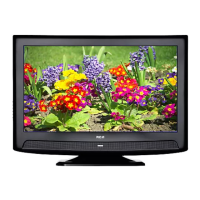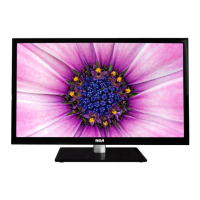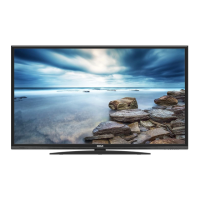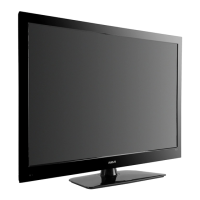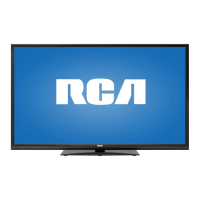
Do you have a question about the RCA l46wd250 - LCD Scenium Flat HDTV and is the answer not in the manual?
Covers electrical shock, fire risk, placement, ventilation, and general safety instructions.
Instructions for registering the product and keeping purchase details.
Lists essential safety rules for using the TV, including electrical safety and proper usage.
Details on safely connecting and grounding antennas and cables to prevent electrical surges.
Covers surge protection, overheating prevention, cable placement, lighting, and checking included parts.
Explains how to connect antennas or cables to receive signals and identify picture sources and channels.
Details various connection types like Video, Component, HDMI/DVI, USB, and VGA for connecting external devices.
Step-by-step guides for connecting basic video and component video sources.
Instructions for connecting video devices and selecting input sources.
Explains how to connect devices using HDMI or DVI inputs.
Details on connecting HDMI/DVI devices and viewing their content.
Instructions for connecting USB devices and viewing their content, including slideshow options.
Guides for connecting a PC via VGA and viewing PC content on the TV.
Covers connecting the TV power, inserting batteries, turning on the TV, and using the remote for initial setup.
Guides through selecting display language and performing automatic channel scans.
Explains the purpose and operation of each button on the remote control.
How to use the INPUT button to cycle through and select different input sources.
Step-by-step instructions for setting up the remote to control external components.
How to use the remote after it has been programmed for other devices.
Explains modes and functions like "Inter-component Volume".
Lists of codes for programming the remote for various audio, DVD, and cable devices.
Explains the information shown on the TV screen when the INFO button is pressed.
How to set up the TV to automatically find and tune channels for connected devices.
Introduces parental control features, TV rating systems (US/Canada), and how to block content based on age and themes.
Details on blocking specific films, channels, front panel buttons, and unrated programs.
Explains image enhancement (ARC2) and how to adjust screen aspect ratios (formats).
Guides on using PIP, its controls, and specific setup for VGA input.
Addresses common problems encountered when using the PIP feature.
General instructions on how to access and use the TV's menu system.
How to view, modify, and organize the channel list.
Adjusting audio output, including equalizer, sound modes, and speaker settings.
Configuring SAP, audio output settings, and sound presets.
Adjusting picture quality parameters like brightness, color, sharpness, and contrast.
Fine-tuning advanced picture settings such as film mode, noise reduction, and PIP position.
Options for configuring the Picture-in-Picture feature, including display type and position.
Setting up TV parameters like signal type, auto tuning, and subtitles.
Customizing how subtitles are displayed, including type, font, and color.
Adjusting display preferences, maximum volume, energy saving modes, and on-screen messages.
Setting the clock, sleep timer, and wake-up alarm functions.
Managing and viewing content (images, music) from a connected USB device.
Common user queries regarding HD viewing, channel identification, picture issues, and channel search.
Guidance on resolving issues like power failures, no image/sound, poor picture quality, and blank screens.
Solutions for remote control malfunctions, unexpected TV behavior, channel selection problems, HDMI connectivity, and stereo reception.
Addressing issues related to forgotten passwords and classification limits not working.
Instructions and considerations for securely mounting the TV on a wall.
Detailed breakdown of US and Canadian television and film classification systems.
Details on what the warranty covers, its duration, and how to obtain service.
Guidelines for properly cleaning and maintaining the TV to prevent damage.
